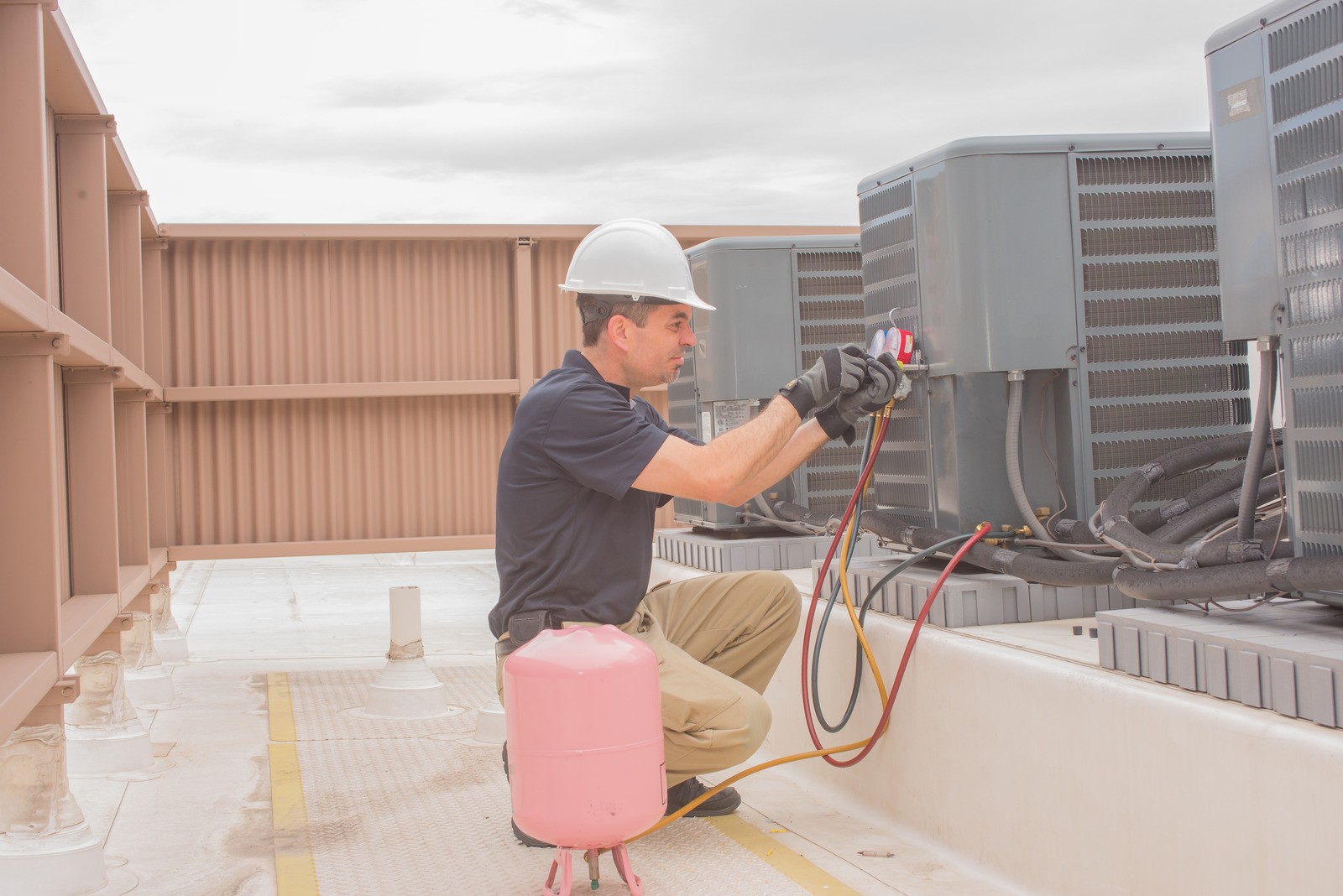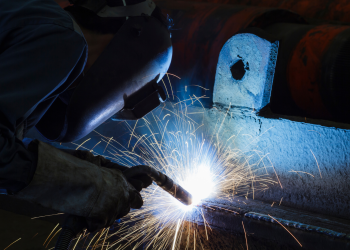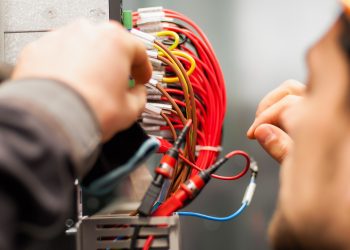Table of Contents
Technology constantly revolutionizes the heating, ventilation, and air conditioning (HVAC) industry. HVAC is the engineering of indoor spaces with thermal controls that bring about environmental comfort. Air conditioning cuts across a wide range of consumers, from homeowners to companies. For most home buyers and builders, suitable air conditioning units at home are a prerequisite. Also, a productive work environment for employees is necessary for companies to succeed. Here are some of the current trends shaping the HVAC industry.

1. Sustainable Technologies
The HVAC industry has come up with ways to incorporate sustainable technologies. This action is in light of the growth in importance by most homeowners and companies in eco-friendly systems. These sustainable technologies include the use of green energy and geothermal heat pumps.
Green energy is energy sourced from natural gas and solar heat. The innovation is a low-cost alternative to conventional HVAC units that is efficient and effective. However, in the US, the technology is not yet widespread.
The geothermal heat pump is another innovation that contributes to sustainability in the HVAC industry. Although the technology is not new, its adoption is a recent development. The geothermal heat pump sources its energy from beneath the ground. A long-looped pipe absorbs heat from the underground and transports it to the home. For cooling, the reverse process occurs with the pump retracting warmth from the house. This innovation is a significant investment at first but saves you money in the long run.
2. Smart Homes
In this digital era, convenience in the use of a product is of utmost importance. The HVAC industry, in a quest to ensure convenience provides mobile-friendly technologies. The mobile-friendly technologies combined with systems such as Alexa and Nest revolutionize HVAC.
Smart homes allow one to control a home’s comfort levels at the push of a button. Rather than having to control different devices, with this technology, the commands are centralized. Therefore, enabling you to adjust the quality of comfort to the last detail.
3. Motion-activated sensors
Another new development in the HVAC industry is the use of motion sensors. At MIT, engineers are designing an air conditioning system that is triggered by movement. These new systems only work when someone enters a room. The sensors detect motion and communicate to the air conditioning unit to start functioning.
Having A/C units running throughout the day can result in wastage and high costs. With the new technology, there will be a reduction in the use of energy and utility costs.
4. 3-D Printing Air Conditioning
3-D printing is a widely utilized technique by scientists and engineers in several industries. In the HVAC industry, 3-D printing is drastically changing the face of air conditioning units. The technology allows you to personalize features to meet your functional needs. Configuring the control panels with customized options helps achieve aesthetically pleasing and quality air conditioning solutions. Traditionally, one would only choose from the model’s standard features regardless of their applicability. With 3-D technology, there is room for personalization and creativity.
5. Duel-Fuel Pumps
Duel-fuel heat pumps are standard in the United States, with several companies offering the products. The system design combines a gas furnace and an electric heat pump. At high temperatures, the pump draws on electricity to increase effectiveness. When the temperatures are low, the pump draws gas energy to maximize efficiency. Duel-fuel pump technology saves on cost and power.
The HVAC industry continues to come up with new techniques and creative solutions for air conditioning. The incorporation of cutting-edge technologies achieves low-cost, efficiency, and effectiveness. Contact ActronAir for more information on the latest innovations in the HVAC industry.





![Where to Donate an Old Wedding Dress [Ways to Declutter your Bridal Gown]](https://cdn.houseaffection.com/wp-content/uploads/Ideas-for-Where-to-Donate-Wedding-Dress-and-Other-Ways-to-Declutter-your-Bridal-Gown-75x75.jpg)

